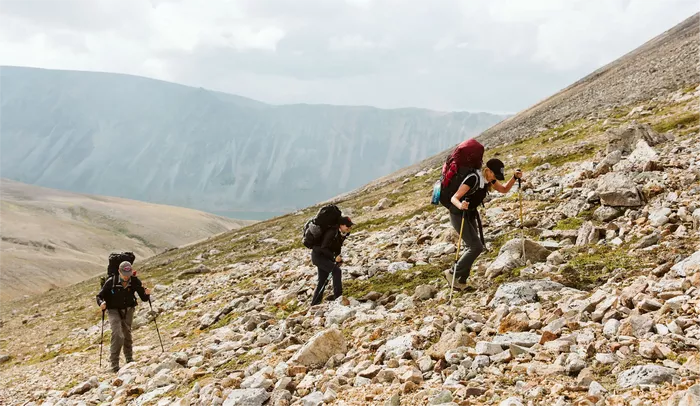The Pacific Crest Trail (PCT) is a meandering path that stretches across 2,650 miles, extending from the border of Mexico to Canada, traversing through California, Oregon, and Washington. Embarking on this journey is a profound experience, offering unparalleled opportunities for adventure, self-discovery, and communion with nature. However, one of the most pressing questions for aspiring thru-hikers is: how long does it take to hike the Pacific Crest Trail?
Understanding the Terrain and Conditions
Before delving into the specifics of timing, it is essential to grasp the diverse terrain and conditions encountered along the PCT. The trail traverses through a multitude of ecosystems, ranging from deserts to alpine regions. Hikers will navigate through scorching heat in the southern sections, encounter snow-capped peaks in the Sierra Nevada and Cascade ranges, and contend with unpredictable weather patterns throughout.
Factors Influencing Hiking Speed
Several factors influence the pace at which individuals complete the PCT:
1. Fitness Level: Thru-hiking the PCT demands significant physical endurance. Those with a higher level of fitness may cover more miles per day compared to others.
2. Experience: Previous hiking experience, especially with long-distance trails, can provide valuable insights into pacing, gear selection, and navigation.
3. Weather Conditions: Adverse weather, such as snowstorms or extreme heat, can slow down progress and necessitate rest days for safety.
4. Resupply Strategy: Efficient resupply planning ensures hikers have adequate food and provisions along the trail without unnecessary delays.
5. Trail Angels and Support: Assistance from trail angels, fellow hikers, and support teams can alleviate logistical challenges and facilitate a smoother journey.
Average Time Frame for Thru-Hiking
The average time frame for thru-hiking the Pacific Crest Trail typically ranges from four to six months. However, this estimate is subject to considerable variability depending on individual circumstances and preferences.
Traditional Thru-Hiking Schedule
Traditionally, hikers commence their journey in late April to early May, starting from the southern terminus at the Mexican border. This timing allows them to avoid the scorching temperatures of the desert sections while maximizing daylight hours for progress. As they traverse northward, they aim to reach the northern terminus in Washington before the onset of winter weather, usually by September or early October.
Flexible Approaches
While the traditional schedule provides a rough framework, many hikers adopt more flexible approaches tailored to their needs. Some may opt for earlier starts to avoid crowds or to tackle challenging sections with more favorable weather conditions. Conversely, others may begin later to allow for additional preparation or to coincide with personal milestones.
Strategies for Efficient Hiking
Achieving a balance between pace and endurance is crucial for successfully completing the PCT within a reasonable time frame. Several strategies can aid hikers in optimizing their progress:
1. Start Slow, Build Momentum: Begin with moderate daily mileage to acclimate to the demands of thru-hiking gradually. As fitness levels improve and trail familiarity grows, gradually increase mileage.
2. Maintain Consistency: Establish a sustainable rhythm by hiking consistently each day. Consistency minimizes the risk of burnout while steadily advancing towards the ultimate goal.
3. Listen to Your Body: Pay close attention to physical cues and prioritize rest when needed. Overexertion increases the likelihood of injury and can impede overall progress.
4. Embrace Resupply Opportunities: Efficient resupply planning ensures a steady availability of food and essential supplies. Utilize designated resupply points strategically to minimize time spent off-trail.
5. Adapt to Trail Conditions: Remain flexible and adaptable in response to changing trail conditions and unforeseen challenges. Adjust hiking pace and itinerary accordingly to ensure safety and well-being.
Conclusion
Thru-hiking the Pacific Crest Trail is a monumental undertaking that demands careful planning, physical endurance, and mental fortitude. While the average completion time spans four to six months, individual circumstances and preferences greatly influence this timeframe. By understanding the diverse terrain, factors influencing hiking speed, and implementing efficient strategies, hikers can embark on this transformative journey with confidence, embracing the challenges and rewards that await along the trail.

